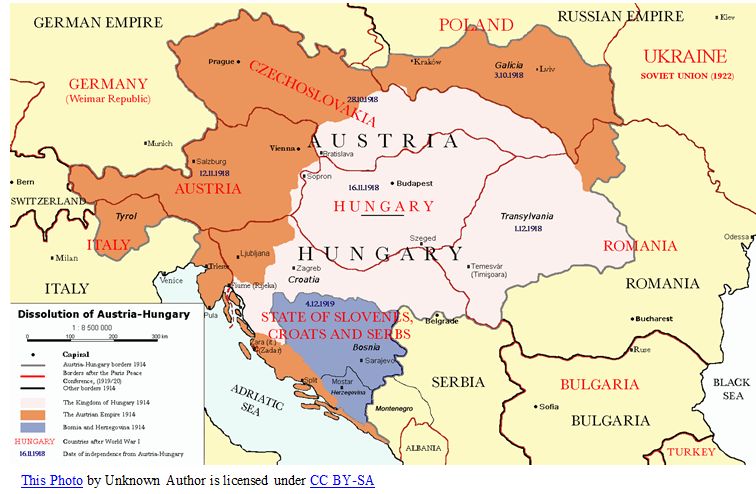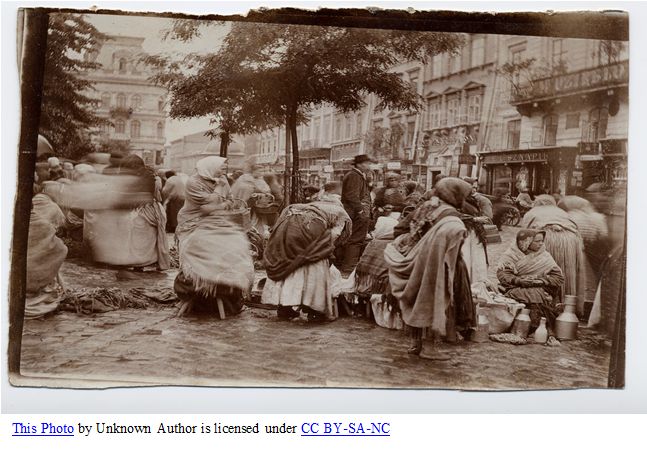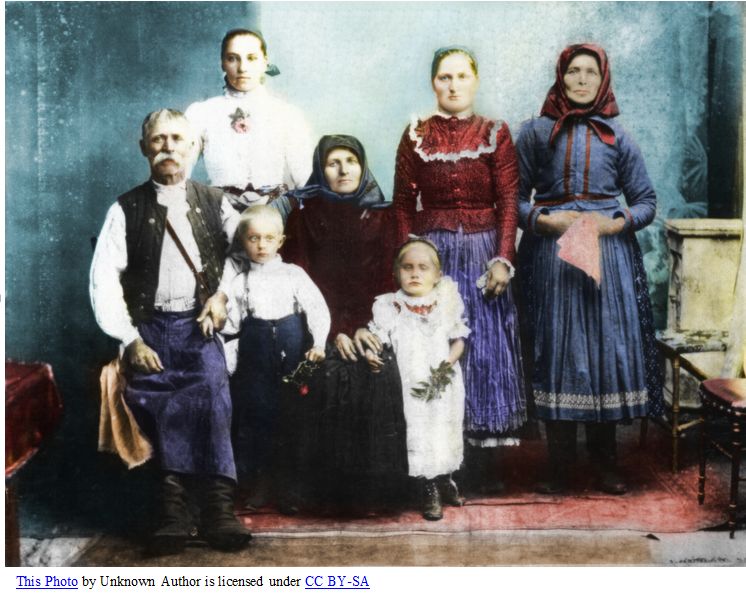Researching the Hungarian Family Lines
 12
12Apr
Hungarian research can be challenging. One of the biggest complaints is that there are not enough resources available to research Hungarian family lines. For some, that belief discourages them from trying. However, records are out there and plenty of resources exist. Here are a few tricks to help you find success!
Before performing any Hungarian research there are a few key things you need to know. First, what is the actual name of your ancestor? You need the name they used in Hungary. Sometimes finding the actual name can be a brick wall in itself. If your ancestor immigrated to the United States, you may discover the Hungarian name was changed after their arrival. This was not done at Ellis Island. Name changes at Ellis Island are a myth.[1] Immigrants often changed their own name to sound more American. This includes both the first and last name. For example, the name Kálvin János in Hungary could be John Calvin in the United States. This brings up another point. Hungarian names may be written backwards compared to the way names are written in the United States. [2] Additionally, Hungarian surnames relate to their professions or their ethnic origin. The common surname Lakatos translates to locksmith, and Németh translates to the word “German” in the Hungarian language. Here is a list of the most common Hungarian given names. A great resource for Hungarian name research is “Hungarian Names 101.” In Hungary surnames are called bynames. So, a person in Hungary has a given (first name) and a byname (last name).[3]

The second key piece of information you need is the place of origin. It is nearly impossible to succeed without it. In Hungary, most of the records are kept on the town or parish level. Most of the time the town of origin can be found in the U.S. immigration records or in a marriage, death or naturalization record in the place they immigrated to. Once you have a location, the next place to go are gazetteers. FamilySearch has links to some of the Hungarian Gazetteers. It is important to know that not every town or village in Hungary had its own parish. The gazetteers can help you determine the jurisdiction that holds the record collections you need. Family Tree Magazine has a great breakdown of counties in Hungary. Also, knowing the history of Hungary can help you locate the records in the different time periods. For example, from 1867 to 1918 Hungary was part of the Dual Monarchy of the Austro-Hungarian Empire.[4] This leads to the third piece of needed information. The date of a vital event, such as a birth, marriage, or death will not only help ensure you have the correct ancestors, but will often lead to other family names. For example, a birth record will often list the names of the parents. A vital event can give a date of birth or at least help you estimate one. FamilySearch offers vital records collections for free.
U.S. naturalization records can be a great benefit to Hungarian researchers. They give dates of births and marriages, the port of entry, and the place the immigrant came from. Passenger lists are also helpful. For the United States, try the records of Ellis Island and Castle Garden.
Finally, the religion the ancestor practiced is key to tracing the family in Hungarian church records. This is essential for research especially before 1895. A good resource is The Catholic Gene. This website walks you through the role of the Catholic church in Hungary. They offer resources to help read the records and they include helpful links to record collections. An interesting fact about church records in Hungary is that prior to 1781 the Roman Catholic church kept records on everyone regardless of their religious affiliation. If you are researching before 1781, be sure to check the Catholic Church records for everyone.
In 1895 Hungary began keeping vital records under civil authority. If your ancestors were born after 1895, you only need to access two types of records to follow the family lines. They are the civil records and the church records. FamilySearch holds the entire collection of civil records from 1895 to 1980. You can access the collection here.
Military records are important in Hungarian research. The records often go beyond a list of names and dates. Service records can include the soldier’s experiences. Military records were kept at different locations during various periods of time and by the various states within the Empire. Carl Katlarchik helps decipher military records. He makes sense of the confusing history of the Austro-Hungarian Empire.”[5] See also the Military History Archives in Budapest and the Austro-Hungarian Land Forces 1848-1918.
Other resources for Hungarian genealogy research include:
- The Family History Tutorial for Historic Hungary by Vic Berecz
This site includes specialized books and other online resources. - The Hungarian National Archives
This website is in Hungarian, but the resources are valuable enough to work through the language barrier. You can always try to translate it with Google Translate. - org – They have nearly 100 percent of all the Hungarian church and civil records online for free in their catalog. This equates to millions of records. FamilySearch also offers a Hungarian Genealogical Word List and other research tips. The FamilySearch Hungary Record Finder breaks down collections of Hungarian records by type: birth records, church records, etc.
- The Hungary Exchange
Created about 2010, it is a great resource for Hungarian research. It is updated fairly regularly and it offers places to research both online and offline. - org
The Foundation for East European Family History Studies houses several significant resources for Hungarian research. Many links to searchable collections, including maps, and information on Hungarian genealogical societies are given. - Hungarian Dictionary
This dictionary helps with the Hungarian words. - Hungarian History
Over 13 million pages to search for free. - Hungaricana
The Hungarian Cultural Heritage Portal offers a library, maps, archives and much more to aid your research in Hungary. - Hungarotips
Offers a Hungarian genealogical database and other fun things, complete with pictures and sounds. - The University of Minnesota’s Immigration History Research Center (IHRC)
The IHRC holds a large collection of American-Hungarian newspapers. - Radix
A site dedicated to Hungarian research with over 900 links available. - My Heritage offers the Hungarian and German 1828 Land Census.
So, it is possible to research your Hungarian family! There are thousands of links and millions of records available. All it takes are a few pieces of key information and you will be on your way to extending your family tree. When professional help is needed, our experienced researchers at Price Genealogy can help with your Hungarian research needs.
Billie and Michael

[1] Megan Smolenyak, “Don’t Believe Everything You Read or Hear,” The Statue of Liberty Ellis Island Foundation, Inc. (https://assets.libertyellisfoundation.org/genealogy/pdf/Dont_Believe_Everythign_you_Read_or_Hear.pdf : accessed 22 January 2019).
[2] "Hungarian names," Wikipedia (https://en.wikipedia.org/wiki/Hungarian_names : accessed March 11, 2019).
[3] Walraven van Nijmegen, “Hungarian Names 101,” Society for Creative Anachronism, by Brian R. Speer (https://www.heraldry.sca.org : accessed 11 March 2019).
[4] "Hungary History," FamilySearch Wiki, (http://www.familysearch.org/wiki/en/index.php?title=Hungary_History&oldid=3482708 : accessed March 12, 2019).
[5] Carl Kotlarchik, “Slovakia Genealogy Research Strategies,” Iabsi (http://www.iabsi.com/gen/public/ahm.html : accessed 12 March 2019).
